Do you have a question about the Toyota 2002 Corolla and is the answer not in the manual?
Explains safety warnings and the meaning of the universal safety symbol.
Provides tips for the first 1600 km to ensure vehicle longevity and economy.
Details fuel type, octane number, and recommended gasoline additives.
Safety precautions regarding engine exhaust and carbon monoxide.
Details the hydraulic brake system, booster, and ABS.
Outlines the Toyota limited warranties covering the new vehicle.
Details the owner's responsibility for performing specified maintenance.
Details normal starting procedures, flooded engine, and engine not starting.
Recommendations for preparing and driving the vehicle in cold weather.
Comprehensive guide on towing trailers, including weight limits and safety.
Troubleshooting steps for starting issues, including simple checks and flooded engines.
Steps to take if the engine coolant temperature gauge indicates overheating.
Detailed instructions for changing a flat tire, including safety precautions.
Explains causes of corrosion and how to prevent it, especially in harsh conditions.
Provides detailed instructions for washing and waxing the vehicle's exterior.
Details the importance of regular maintenance for vehicle performance and longevity.
Lists basic owner checks and inspections for vehicle upkeep.
Lists technical data like valve clearance, spark plug type, oil capacity, and coolant type.
Information on tire sizes, pressures, wheel sizes, and lug nut torque.
Identifies fuse locations and their corresponding electrical circuits.
Identifies and labels various controls and features on the instrument panel.
Explains the gauges and indicators on the instrument cluster.
Provides a guide to warning lights and indicator symbols on the dashboard.
Explains master and sub keys, key number plate, and key duplication.
Instructions for operating power windows and the window lock switch.
How to open and close the trunk lid, including safety precautions.
Instructions for adjusting front seats, precautions for SRS side airbags.
Importance of seat belt use, child restraints, pregnant women, and injured persons.
Guidelines for using child restraint systems, including rear seat safety and airbag risks.
Overview of the climate control system and its components.
Explains how to adjust air flow direction for various needs like defrosting.
Instructions for setting and resetting the digital clock.
Information on using the power outlet for accessories and capacity limits.
How to use and adjust cup holders for different containers.
Instructions for operating headlights, high/low beams, and turn signals.
Operation of windshield wipers and washers, including speed settings.
How to operate the rear defogger and its automatic shut-off feature.
Explains how the fuel gauge works and low fuel level warnings.
How to read the temperature gauge and what overheating indicates.
Explains various indicators and buzzers for vehicle maintenance and system status.
Indicates when parking brake is applied or brake fluid is low.
Indicates a problem with the engine or emission control system.
Warns of critically low engine oil pressure.
Indicates a malfunction in the Anti-lock Brake System.
Indicates proper operation or malfunction of the SRS airbag system.
How to operate the ignition switch and steering lock mechanism.
Details operation of the automatic transmission, including selector lever and modes.
Explains shift patterns, recommended shifting speeds, and maximum allowable speeds.
Instructions for setting and releasing the parking brake.
How to operate the cruise control system, set speed, and cancel.
Introduces the vehicle's audio system features and operation.
Basic operation of the audio system, including turning on/off and switching functions.
Identifies major components and fluid reservoirs in the engine bay.
Crucial safety precautions and warnings before performing DIY maintenance.
Correct procedures and safety for positioning the jack for vehicle lifting.
Step-by-step guide on how to check and maintain engine oil level.
Instructions for checking and maintaining engine coolant level.
Importance of proper tire pressure and how to check it accurately.
How to check tire tread for wear and signs of damage, and when to replace.
Recommendations for tire rotation to equalize wear and extend tire life.
How to check battery terminals, corrosion, and overall condition.
How to check for blown fuses and replace them correctly.
Step-by-step guide for accessing and replacing various vehicle light bulbs.
Explains safety warnings and the meaning of the universal safety symbol.
Provides tips for the first 1600 km to ensure vehicle longevity and economy.
Details fuel type, octane number, and recommended gasoline additives.
Safety precautions regarding engine exhaust and carbon monoxide.
Details the hydraulic brake system, booster, and ABS.
Outlines the Toyota limited warranties covering the new vehicle.
Details the owner's responsibility for performing specified maintenance.
Details normal starting procedures, flooded engine, and engine not starting.
Recommendations for preparing and driving the vehicle in cold weather.
Comprehensive guide on towing trailers, including weight limits and safety.
Troubleshooting steps for starting issues, including simple checks and flooded engines.
Steps to take if the engine coolant temperature gauge indicates overheating.
Detailed instructions for changing a flat tire, including safety precautions.
Explains causes of corrosion and how to prevent it, especially in harsh conditions.
Provides detailed instructions for washing and waxing the vehicle's exterior.
Details the importance of regular maintenance for vehicle performance and longevity.
Lists basic owner checks and inspections for vehicle upkeep.
Lists technical data like valve clearance, spark plug type, oil capacity, and coolant type.
Information on tire sizes, pressures, wheel sizes, and lug nut torque.
Identifies fuse locations and their corresponding electrical circuits.
Identifies and labels various controls and features on the instrument panel.
Explains the gauges and indicators on the instrument cluster.
Provides a guide to warning lights and indicator symbols on the dashboard.
Explains master and sub keys, key number plate, and key duplication.
Instructions for operating power windows and the window lock switch.
How to open and close the trunk lid, including safety precautions.
Instructions for adjusting front seats, precautions for SRS side airbags.
Importance of seat belt use, child restraints, pregnant women, and injured persons.
Guidelines for using child restraint systems, including rear seat safety and airbag risks.
Overview of the climate control system and its components.
Explains how to adjust air flow direction for various needs like defrosting.
Instructions for setting and resetting the digital clock.
Information on using the power outlet for accessories and capacity limits.
How to use and adjust cup holders for different containers.
Instructions for operating headlights, high/low beams, and turn signals.
Operation of windshield wipers and washers, including speed settings.
How to operate the rear defogger and its automatic shut-off feature.
Explains how the fuel gauge works and low fuel level warnings.
How to read the temperature gauge and what overheating indicates.
Explains various indicators and buzzers for vehicle maintenance and system status.
Indicates when parking brake is applied or brake fluid is low.
Indicates a problem with the engine or emission control system.
Warns of critically low engine oil pressure.
Indicates a malfunction in the Anti-lock Brake System.
Indicates proper operation or malfunction of the SRS airbag system.
How to operate the ignition switch and steering lock mechanism.
Details operation of the automatic transmission, including selector lever and modes.
Explains shift patterns, recommended shifting speeds, and maximum allowable speeds.
Instructions for setting and releasing the parking brake.
How to operate the cruise control system, set speed, and cancel.
Introduces the vehicle's audio system features and operation.
Basic operation of the audio system, including turning on/off and switching functions.
Identifies major components and fluid reservoirs in the engine bay.
Crucial safety precautions and warnings before performing DIY maintenance.
Correct procedures and safety for positioning the jack for vehicle lifting.
Step-by-step guide on how to check and maintain engine oil level.
Instructions for checking and maintaining engine coolant level.
Importance of proper tire pressure and how to check it accurately.
How to check tire tread for wear and signs of damage, and when to replace.
Recommendations for tire rotation to equalize wear and extend tire life.
How to check battery terminals, corrosion, and overall condition.
How to check for blown fuses and replace them correctly.
Step-by-step guide for accessing and replacing various vehicle light bulbs.
| Brand | Toyota |
|---|---|
| Model | 2002 Corolla |
| Category | Automobile |
| Language | English |
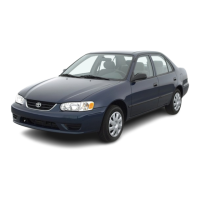
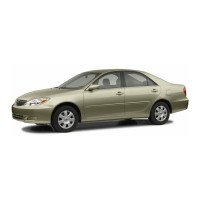
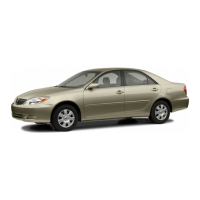
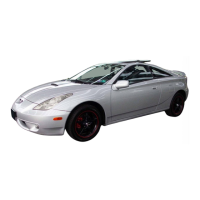
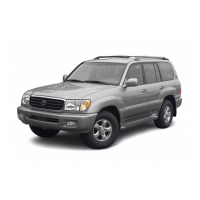
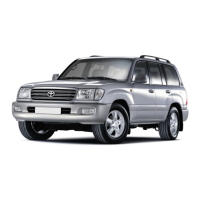

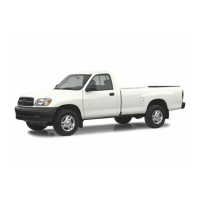
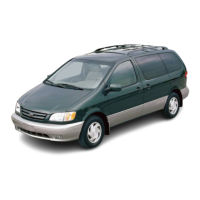

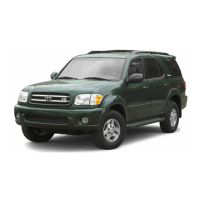
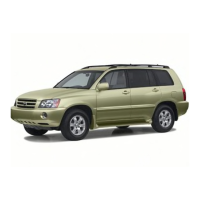
